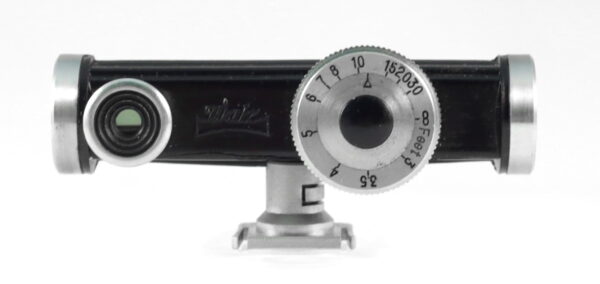Last updated on January 27, 2019
A camera has many important components. Understanding the different components will enable us to have a better understanding of the camera and how it works. Take a look at some of the components of a camera that I have listed here:
- Lens: The lens of a camera can undoubtedly be said to be one of the most important components of a camera. The lens is where the light enters the camera and the photo process begins. There are many types of lens; some are permanently fixed to the body of the camera whereas some are interchangeable. They can also vary in aperture, focal length and other details. The zoom lens is an important part of a camera. It is a mechanical assembly of lens elements for which the focal length can be varied, as opposed to a fixed focal length.
- Aperture: The aperture controls the diameter of the lens opening that in turn controls the amount of light reaching the image sensor. Some digital compacts have a fixed aperture lens while most of today’s compact cameras have at least a small aperture range. The performance of a camera depends on its brand and quality. To obtain superior performance, buy a good quality camera.
- Body: The body of the camera comes in different shapes and sizes. The DSLRs are a larger bodied and heavier while the other consumer cameras are relatively smaller in size. Some can also fit into the pocket.
- Memory card: The memory card serves the purpose of storing all the image information. They range in size and speed capacity. CF and SD cards are the most common among memory cards.
- Flash: The on- board flash feature is available in all cameras except in some professional grade DSLRs. It helps in providing extra light in case of dim and low light situations.
- Viewfinder: All models of DSLRs and some models of digital compacts have the feature of a viewfinder. In DSLRs, it is the main visual source for image taking. However, many of today’s digital compacts have replaced the typical viewfinder with an LCD screen.
- Shutter release: Its function is to release the shutter and hence enable the camera to take the image. The length of time for which the shutter is left open or exposed is determined by the shutter speed.
- Image sensor: The image sensor’s task is to convert the optical image into electronic signal, which is then sent to the memory card. Most digital cameras sue 2 main types of image sensor- the CCD and the CMOS. Both perform the same task but have different methods of performance.
- The LCD screen: The LCD screen is found on the back of the body and vary in size. In digital compact cameras, the LCD has begun to replace the viewfinder completely. In DSLRs, the LCD is mainly for viewing the image after shooting. Some cameras have a live mode as well.


















Be First to Comment